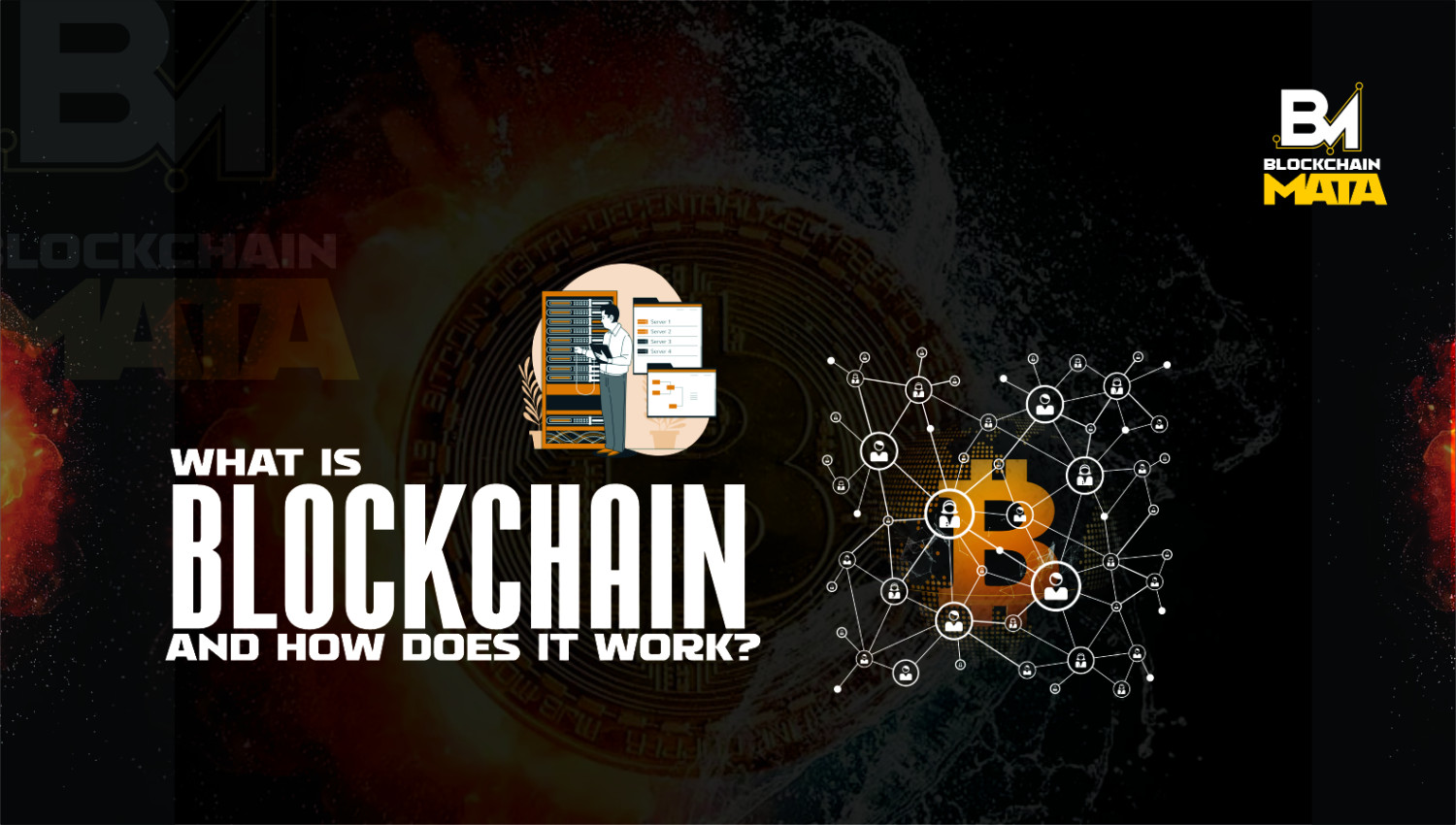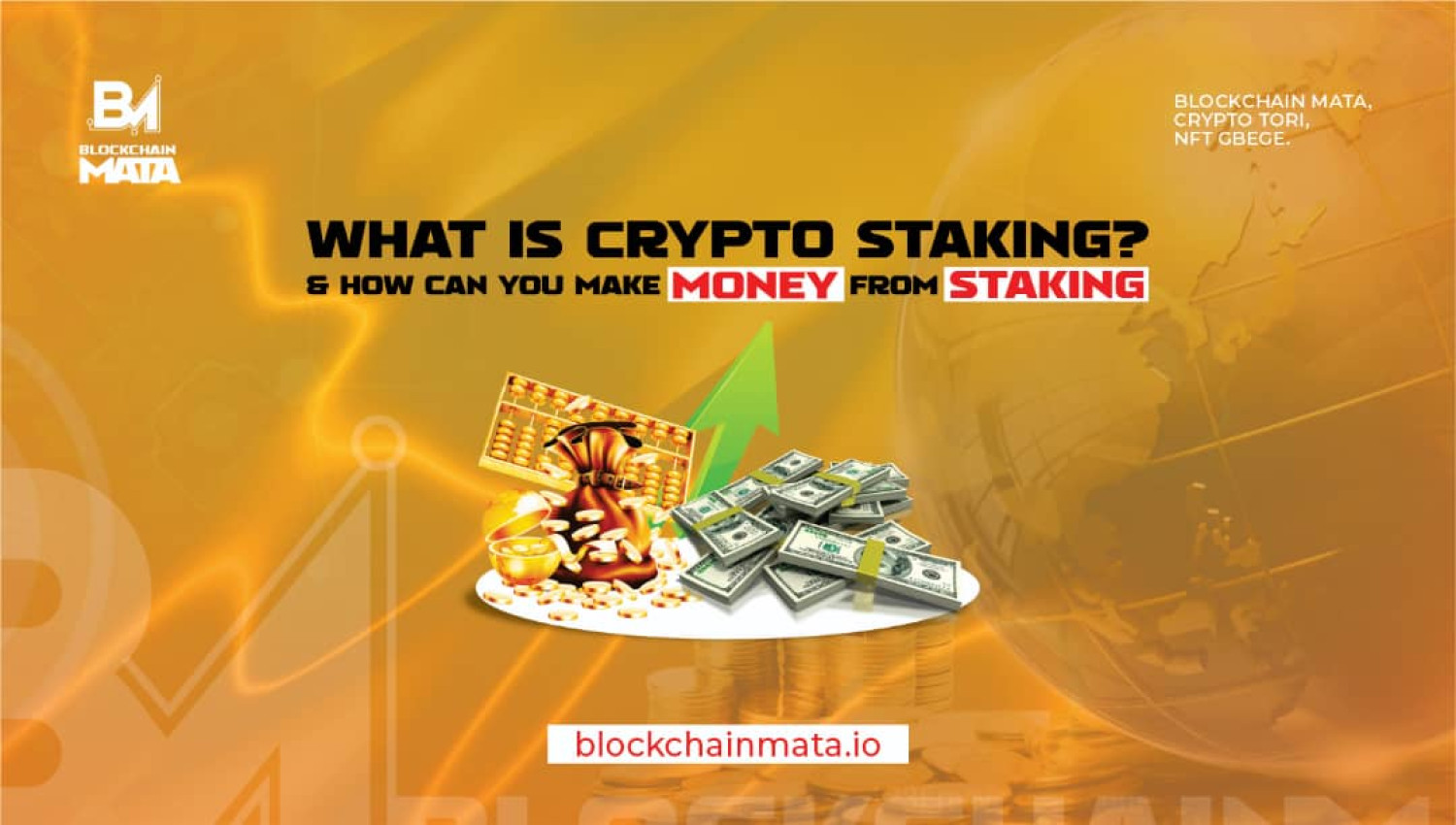How to stake Solana on Coinbase
1 year ago By Blockchain Mata

Solana is a blockchain that is meant to be used in the context of a decentralised distributed computing platform. This project aims to create a blockchain that can process transactions at a theoretical speed of up to 10,000 transactions per second (TPS). This would make it one of the fastest blockchains in existence. Solana is also designed to be highly scalable, meaning that it can handle more transactions as the network gets bigger.
How does Solana work?
Solana works like most other blockchains as it is built using multiple nodes that all store the same data, though each node only stores a small portion of it. Transactions on Solana are verified by one of these nodes, therefore ensuring that the entire network has a consensus about what is happening at any given time.
Solana uses Proof-of-History (PoH) as its consensus mechanism rather than Proof-of-Work (PoW) or Proof-of-Stake (PoS), unlike other blockchains.
It is the first blockchain to use Proof-of-History to achieve high throughput, low latency and linear scaling of on-chain transactions. PoH works by having every node maintain a history of all events in the system. Each node has its chain of events that it supports independently from other nodes on the network. The chain becomes longer each time an event such as a transaction or block creation and shorter when no events are happening. This helps keep things efficient by minimising data storage requirements and reducing the amount of processing power required for each node on the network to maintain its own independent chain without needing to wait for other nodes before acting on their own copies.
Solana’s native token is called SOL. It is used to pay transaction fees on the network when using smart contracts or other applications built on top of Solana’s blockchain infrastructure. For this article, we will be discussing this native token and how to stake it on Coinbase.
What is Staking?
Staking is the process of verifying transactions on a blockchain network in exchange for rewards. It is similar to mining, but rather than solving complex problems to find new blocks, stakers are rewarded for validating transactions.
Staking is a process that helps in validating transactions and securing the blockchain. When a node stakes, it receives tokens in return for validating transactions. The more tokens you stake, the more rewards you earn.
Solana’s network will have multiple validators (wallets) running on it that are all competing for block rewards. Wallets will be able to stake their SOL tokens and receive a proportional share of the block reward based on their total amount of SOL staked at any given time.
Coinbase staking
Coinbase is a digital asset exchange company headquartered in San Francisco, California. They broker sales of Bitcoin, Bitcoin Cash, Ethereum, Ethereum Classic and other digital assets with fiat currencies in 32 countries and bitcoin transactions and storage in 190 countries worldwide.
Coinbase is the largest cryptocurrency exchange in the world. The platform allows you to buy and sell all major cryptocurrencies, including Bitcoin, Ethereum, Litecoin, etc.
The platform was founded in 2012. Since then, it has grown into one of the most popular trading platforms in the world.
Coinbase is available in 32 countries worldwide and supports four different languages: English, Spanish, French and Japanese.
You can sign up for Coinbase using your email address or through your Facebook account. Once you have verified your identity by providing your ID or passport, you can start trading on Coinbase Pro (a different platform).
In order to deposit funds into Coinbase, you need to connect a bank account or credit/debit card first. Once connected, it might take a few days for your funds to show up in your wallet.
After that, you can start buying coins from them directly by depositing fiat currency or crypto directly from your wallet into their platform and then buying coins with them instantly.
On May 16th 2018, Coinbase announced support for staking on its platform with Coinbase Pro. Users can now stake their coins on the platform with just 1% fees charged upon withdrawal from staking pools.
Coinbase Staking is a feature that allows you to earn passive income by locking your coins in a smart contract on the blockchain. When you stake your coins on Coinbase, they are locked in an escrow smart contract that doesn’t allow you to withdraw them until they mature.
In the following section, we will look at how to stake Solana on Coinbase so you can earn interest for holding Solana in your wallet.
Steps to staking Solana on Coinbase
Step 1: Download the latest version of Coinbase Wallet from the App Store.
Step 2: Create a Wallet or sign in to your existing wallet.
Step 3: Add Solana token, SOL to your Coinbase Wallet. You can also buy and sell crypto coins directly from Coinbase.com or the mobile app.
Step 4: Navigate to the triple dash icon in the top left corner and tap Earn interest. You will see a list of all the tokens in your account. You can add or remove tokens by tapping on them in the list.
Step 5: Tap stake on any of the listed tokens you want to get started with; in this case, tap on SOL. You will be prompted to confirm that you agree to “stake” your digital currency for a minimum amount of time. Now all you have to do is sit back and watch as those tokens start to accrue interest.
You can check your earnings anytime by opening up the same Earn page, which will show you how much you have earned so far and when it will unlock for withdrawal back into your wallet.
Pros and cons of staking Solana on Coinbase
Pros
You can earn passive income by staking Solana on Coinbase. It is easy to use – Staking on Coinbase is just as easy as buying or selling cryptocurrency on the platform. Simply log in and follow their instructions to get started.
Cons
Your coins aren’t secure. If Coinbase gets hacked, the hackers will steal your coins because they are stored in their servers and not yours.
In conclusion, you can earn staking rewards without having to create a full node. For those who are not sure, a staking reward is a sum of SOL tokens given out when you lock up your SOL on the Solana network. Holders will vote these staking rewards to give out at random because of how voting works.
Here is an article to learn how staking rewards are calculated.
Do not hesitate to ask questions, make enquiries and give your input by simply using the comment box.



